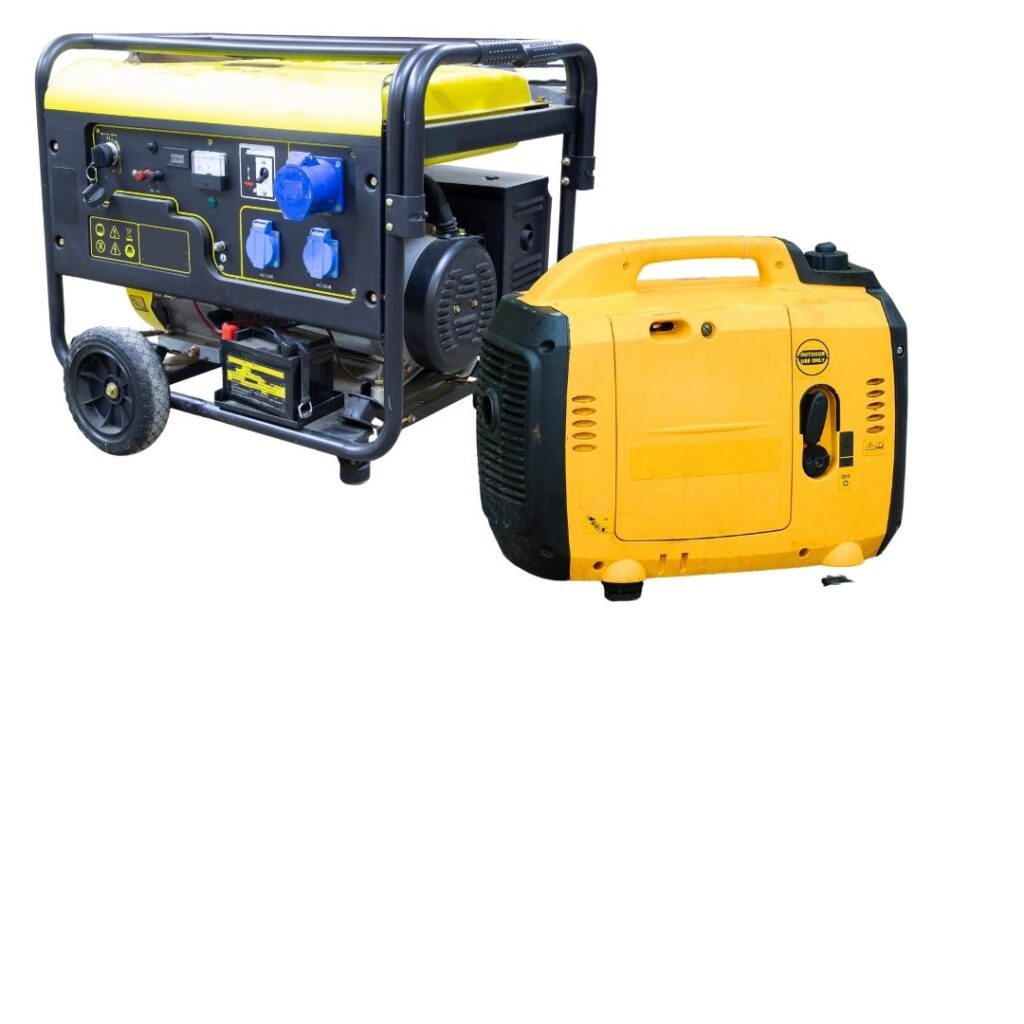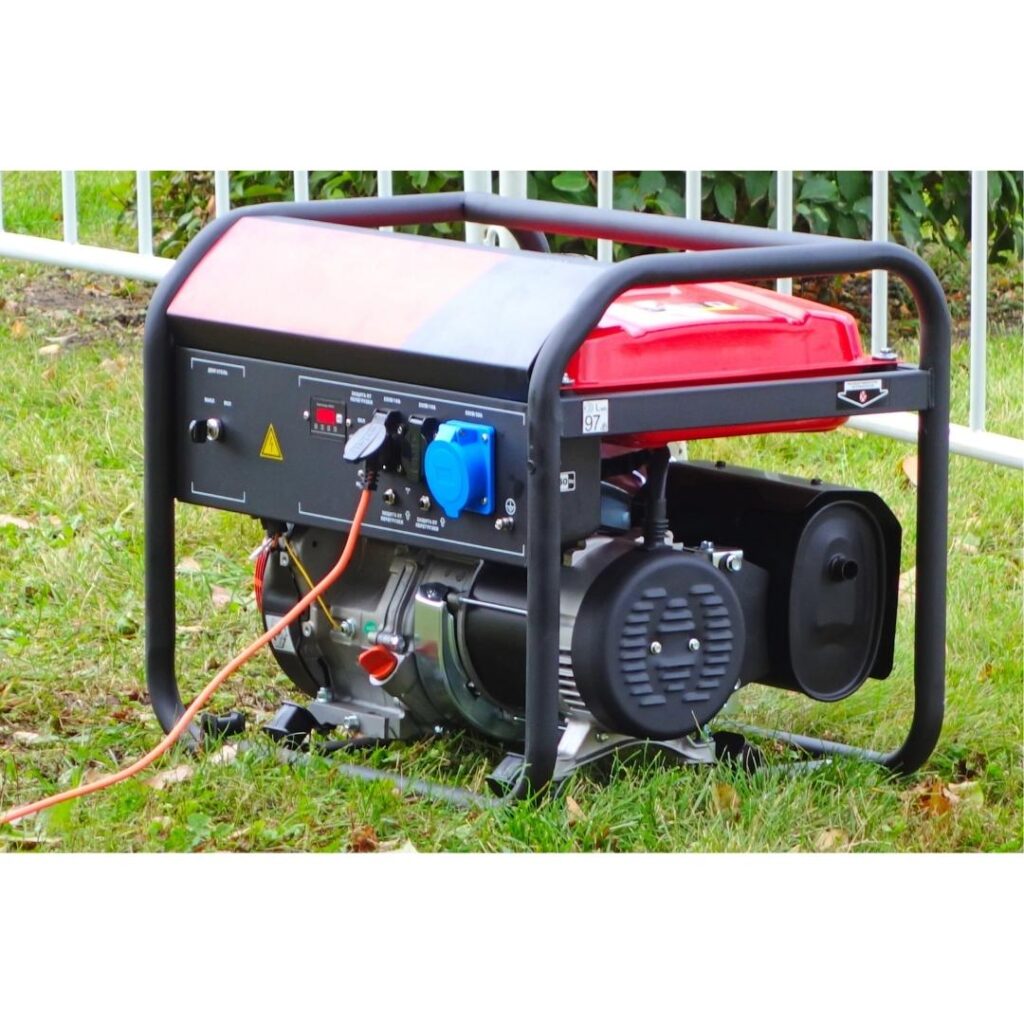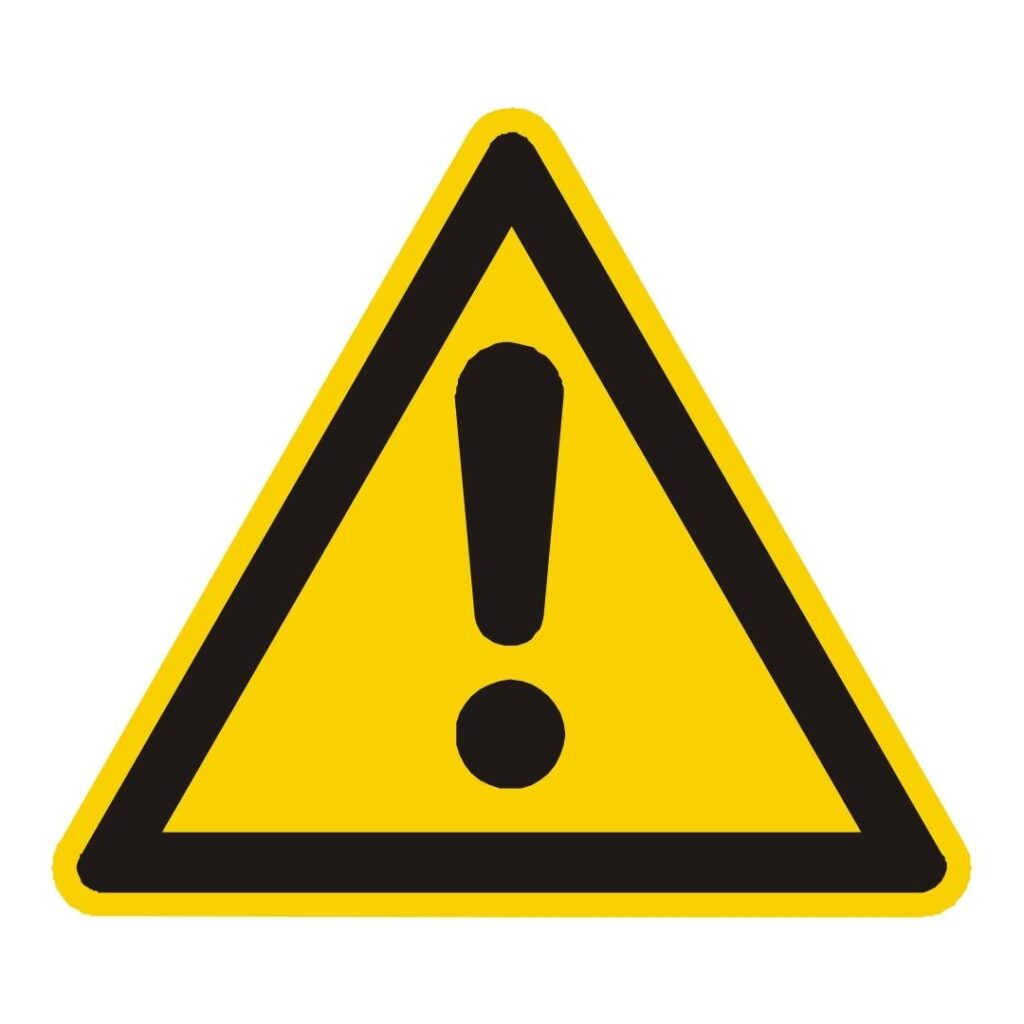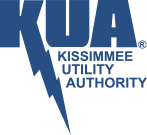Purchasing a Generator
If you choose to buy a generator, make sure you get one that is listed with the Underwriter’s Laboratory (UL) or Factory Mutual (FM).
Look at the labels on lighting, appliances, and equipment you plan to connect to the generator to determine the amount of power that will be needed to operate the equipment. Most appliances have labels showing the wattage if the wattage is not given: volts x amps = wattage. The more appliances you want to use, the bigger generator you will need. For lighting, the wattage of the light bulb indicates the power needed.
Choose a generator that produces more power than will be drawn by the combination of lighting, appliances, and equipment you plan to connect, including the initial surge when it is turned on.

If your generator does not produce adequate power for all your needs, plan to stagger the operating times for your equipment. If you cannot determine the amount of power that will be needed to operate your appliances, lighting, and equipment, ask a qualified electrician to determine that for you.
If your equipment draws more power than the generator can produce, you may blow a fuse on the generator or damage the connected equipment.
Small Use Battery Backup
Battery-only generators don’t produce carbon monoxide, or noise and can be recharged using a car 12v port, or solar panels. The battery is limited to how much it can power and duration before needing to be recharged.
Recreational Generator
Up to 3,500 watts: Can power a fridge, some lights, tv, fan, laptop, and a phone charger.
Midsized
Generator
3,500 to 7,500 watts: Can power 120-volt items with a standard two- or three-prong plug or 240-volt items with a four-prong plug.
Large Generator or Standby Emergency Generator
7,500 watts or larger depending on the home’s requirements: Needs a connection to your home’s circuit breaker panel. Can power refrigerator, well pump, lights, and other essentials, such as a furnace or small central air-conditioning unit.
*Consult a licensed electrician if you plan to install a standby emergency generator at your home or business and follow City and County electrical permitting requirements.
Using a Generator
- Always follow manufacturer’s instructions to ensure safe and proper operation.
- Obey all local, state and national electrical and fire codes.
- Operate your generator outside. Never operate it inside a building or garage.
- Consult a licensed electrical contractor if you are connecting a generator to your home or business.
- Have a fully charged, properly rated fire extinguisher (i.e., rated for electrical and gas fires) ready at all times.
- Place generators at least 20 feet away from your home, downwind away from open doors, windows, eaves, and vents.
- Install one or more Carbon Monoxide (CO) alarms inside your home.
- Keep the generator dry, far from water.
- Before using your generator, disconnect your source of power.
- Be sure to let the generator cool down before refueling.
- Use the type of fuel recommended in the instructions or on the generator label.
- Regularly check and maintain your generator.

Hazards

- Shocks and electrocution from improper use of power or accidentally energizing other electrical systems.
- Overloading a generator with more equipment than it can handle.
- Using undersized or damaged extension cords.
- Carbon monoxide hazard from a generator’s exhaust.
- Fires from improperly refueling a generator or inappropriately storing the fuel for a generator.
- Noise and vibration hazards.
Recommendations
- If you must hook a generator to the main electrical panel, contact a qualified electrician. Your home or business must be disconnected from KUA’s electrical system, and a transfer switch must be installed to avoid “back feed” from the generator.
- NEVER try to power the house wiring by plugging the generator into a wall outlet, a practice known as “backfeeding.” This is an extremely dangerous practice that presents an electrocution risk to utility workers and neighbors served by the same utility transformer. It also bypasses some of the built-in household circuit protection devices.
- Keep children and pets away from generators.
- Keep all combustible items away from your generator’s exhaust.
Watch this generator safety video from the Centers for Disease Control and Prevention (CDC) and FEMA, which includes American Sign Language, to learn how to prevent yourself, your family, and your pets from being poisoned.
National Institute of Standards and Technology (NIST) building experts are seeking the answer to a very important home safety question: How close to a house can you operate a portable gas-powered generator without risking poisoning from carbon monoxide?

